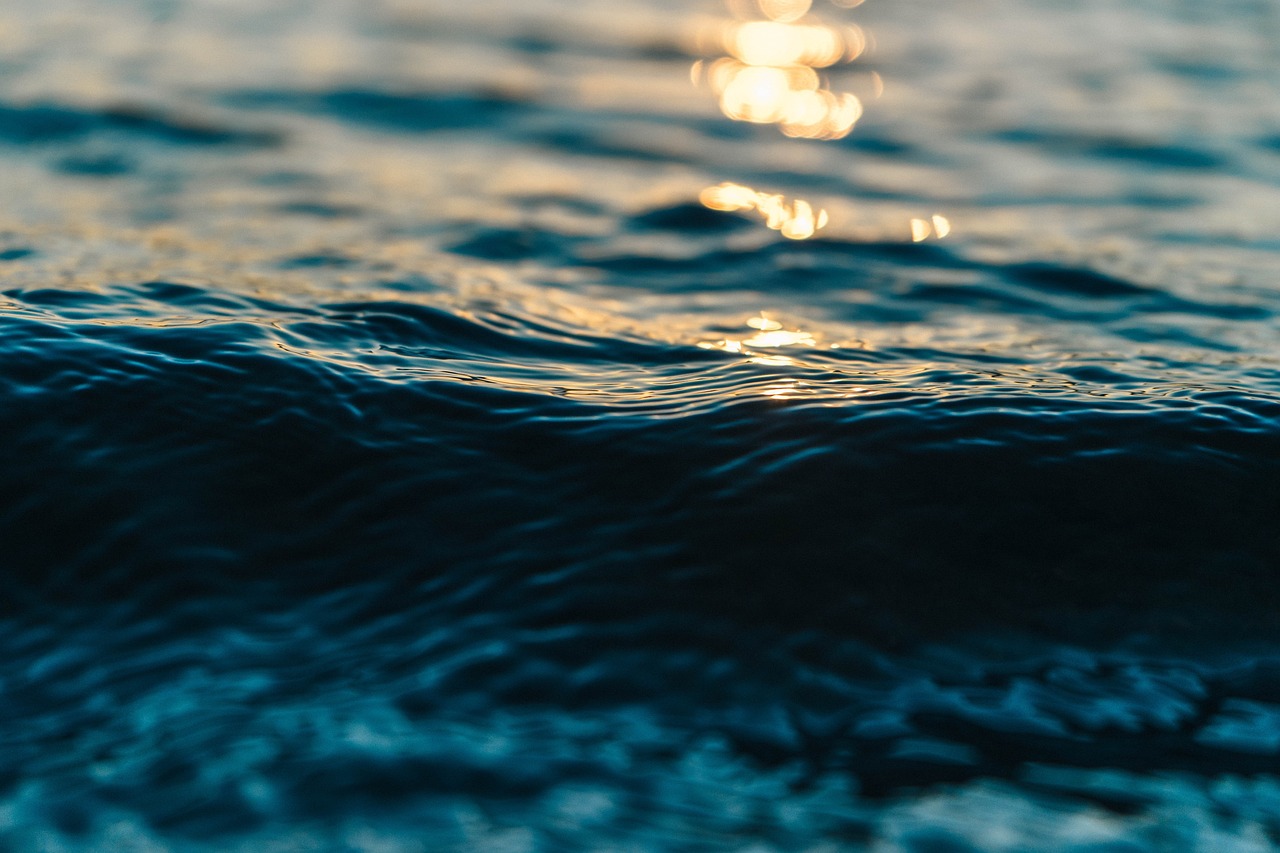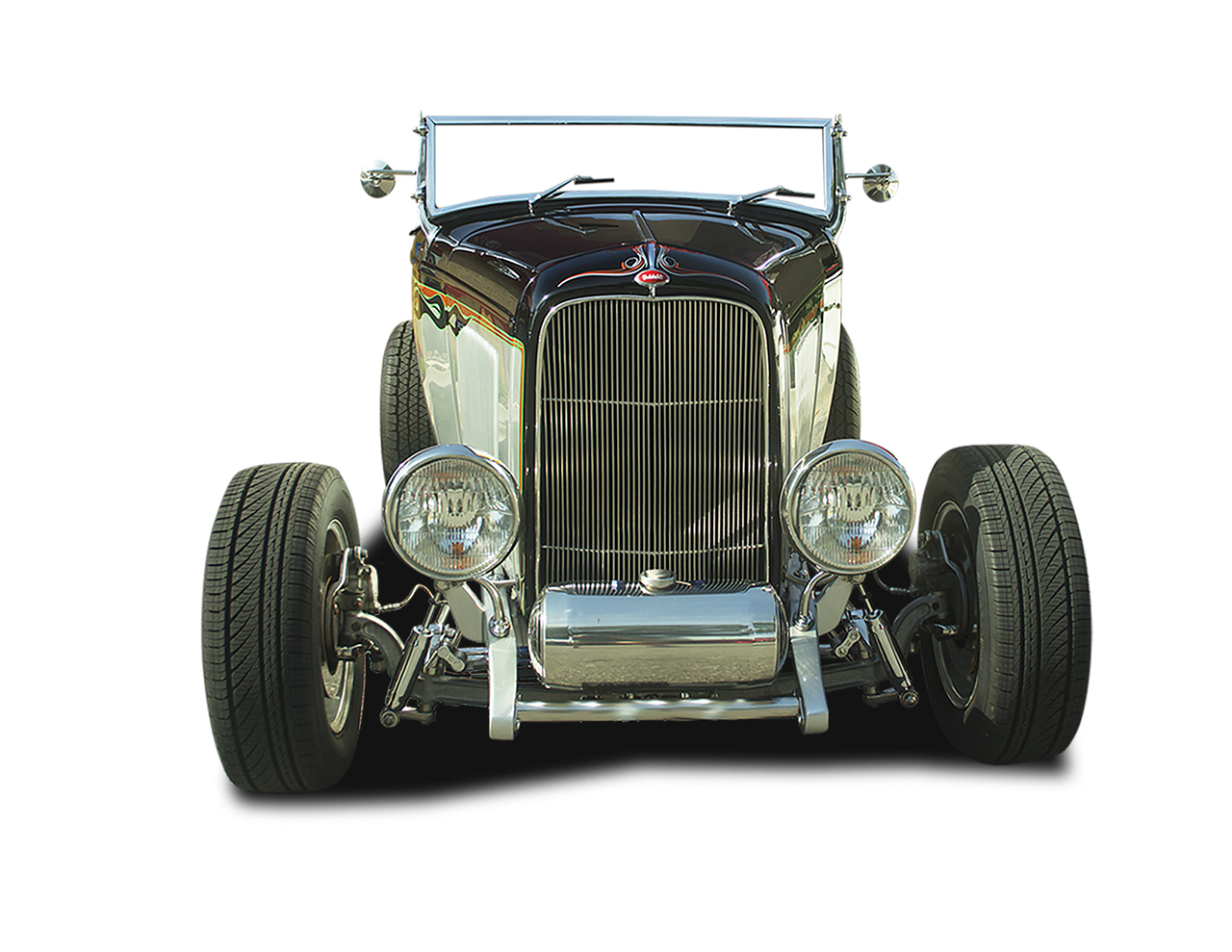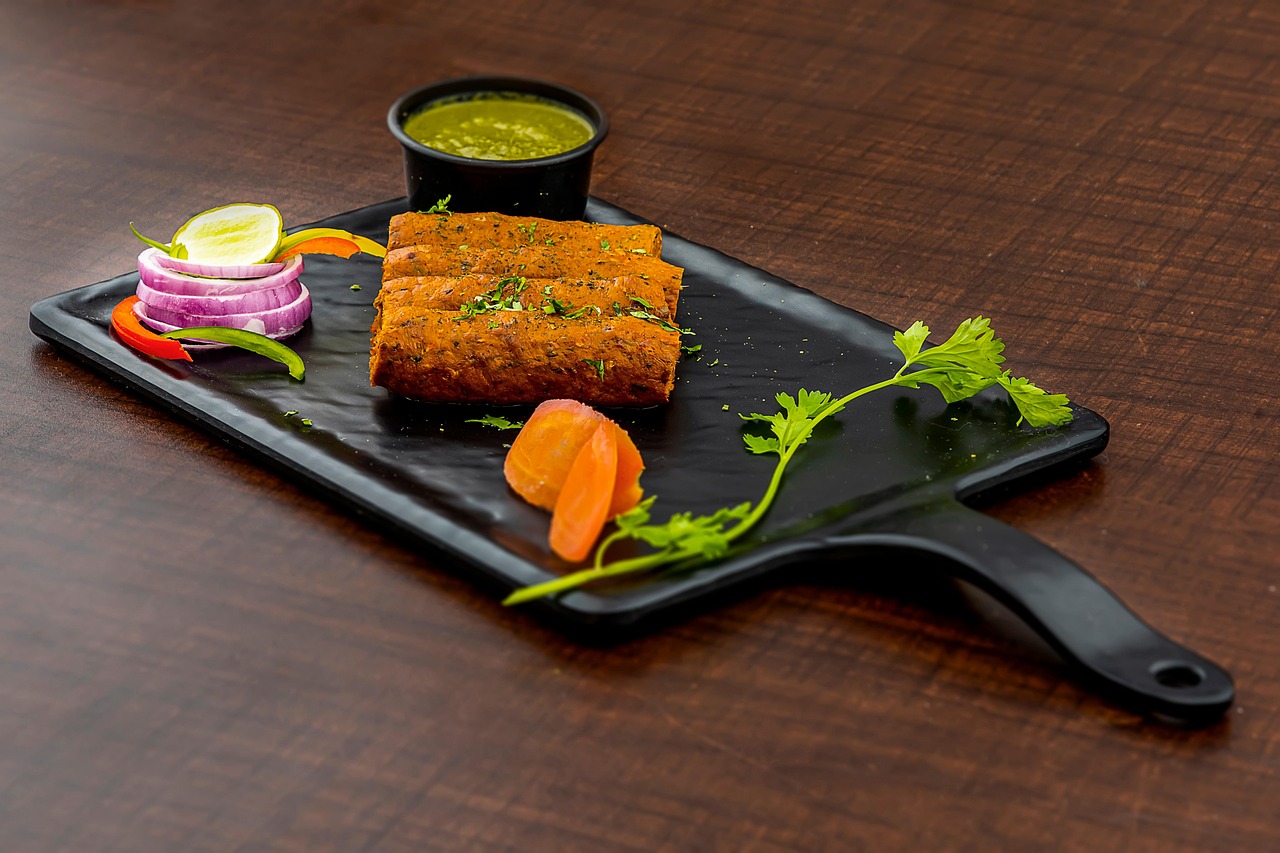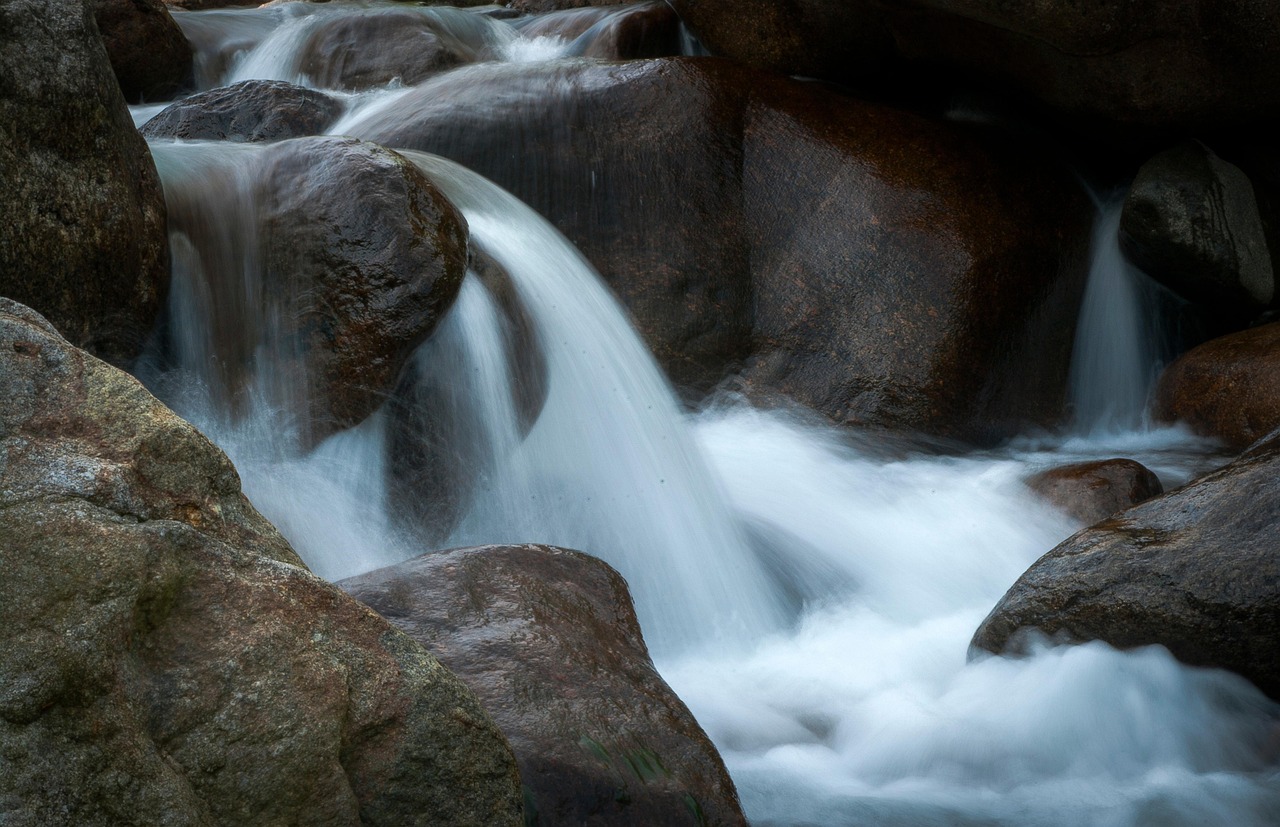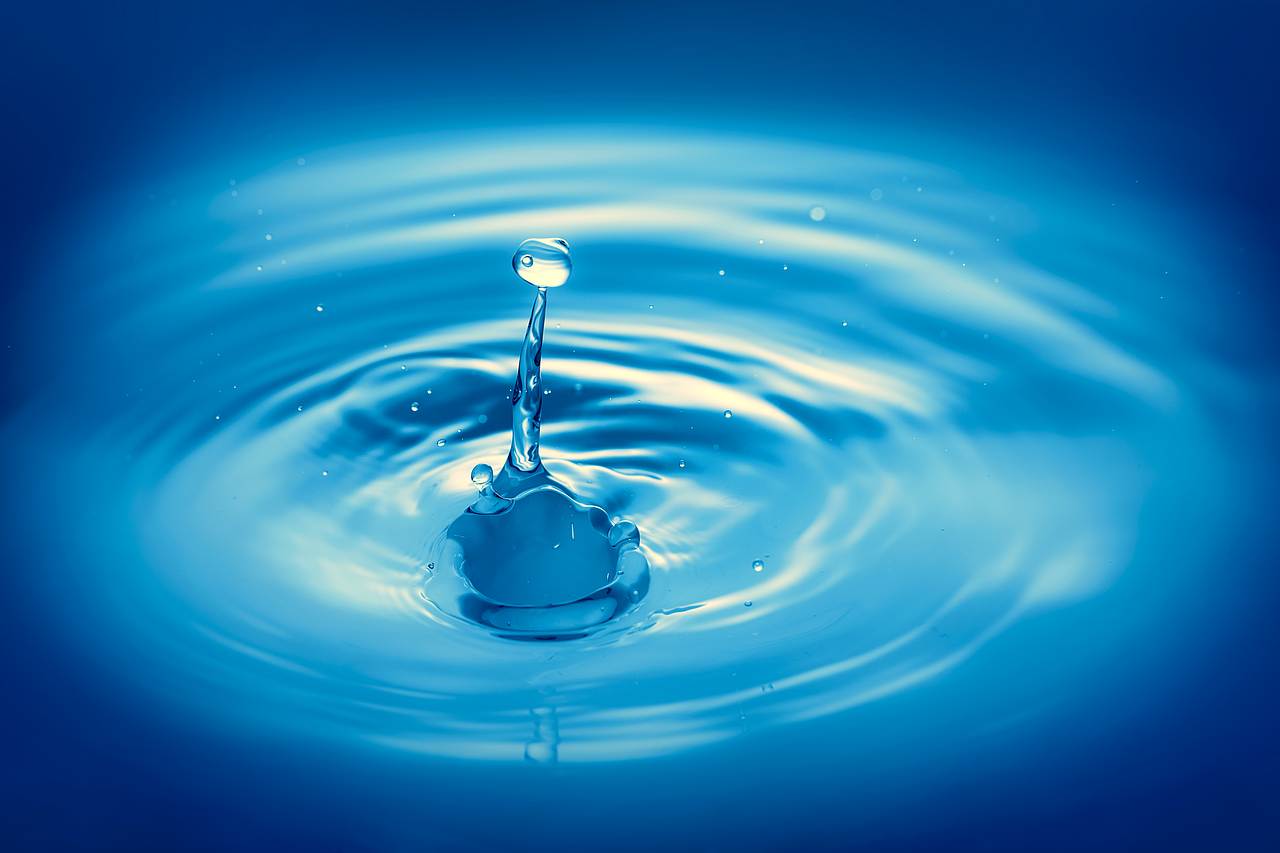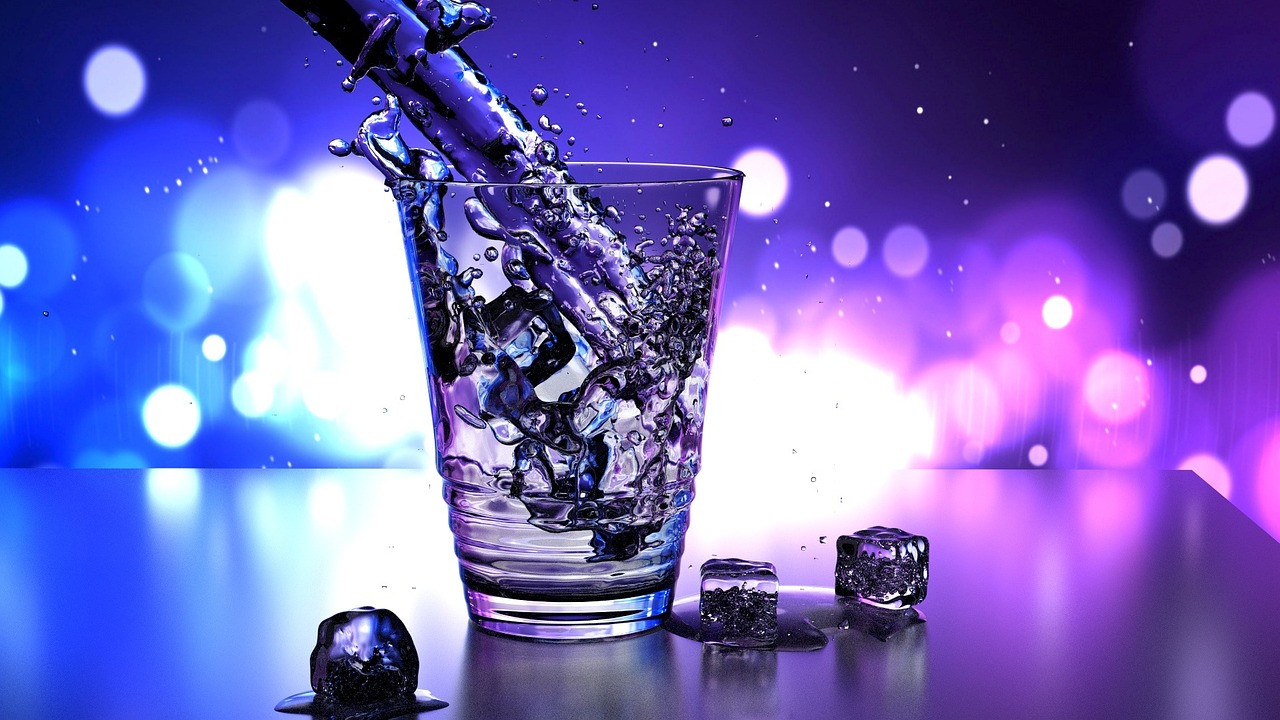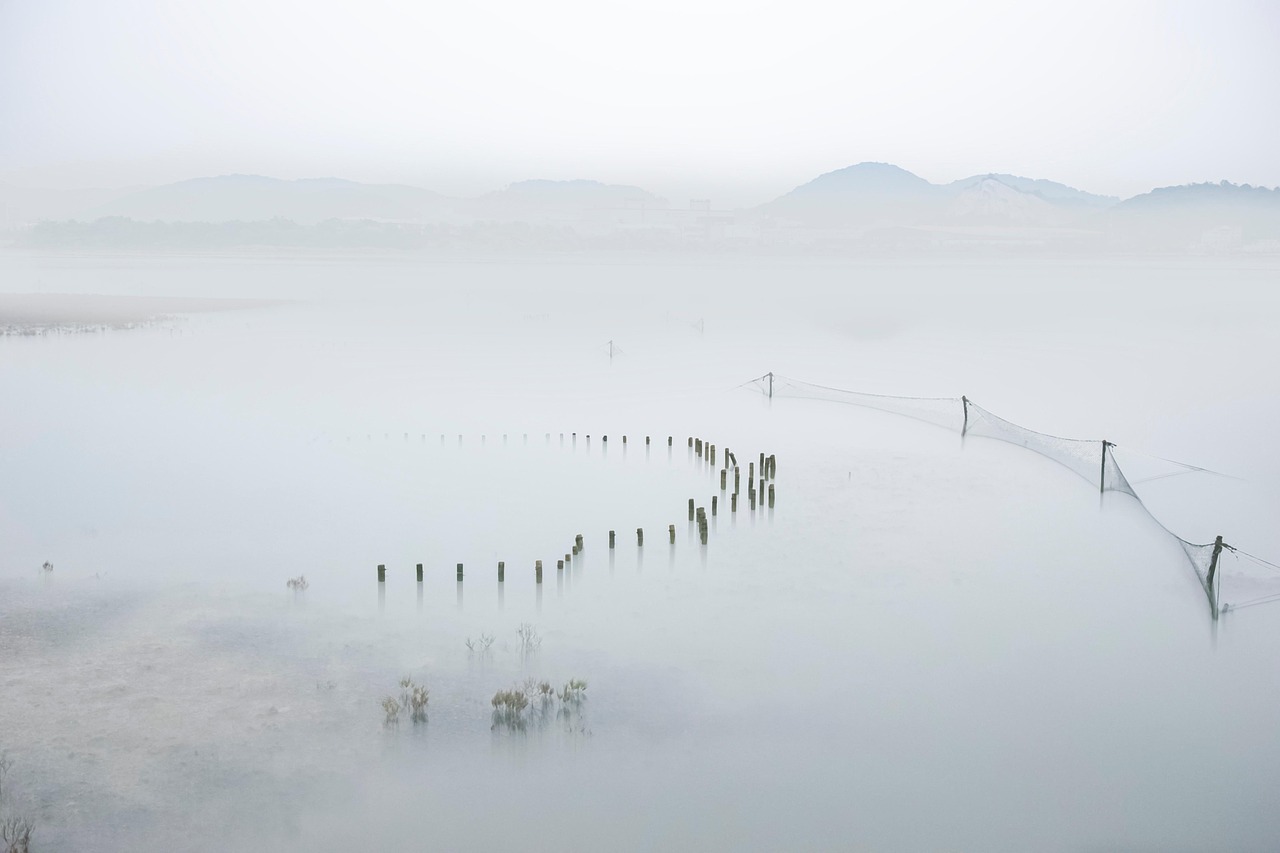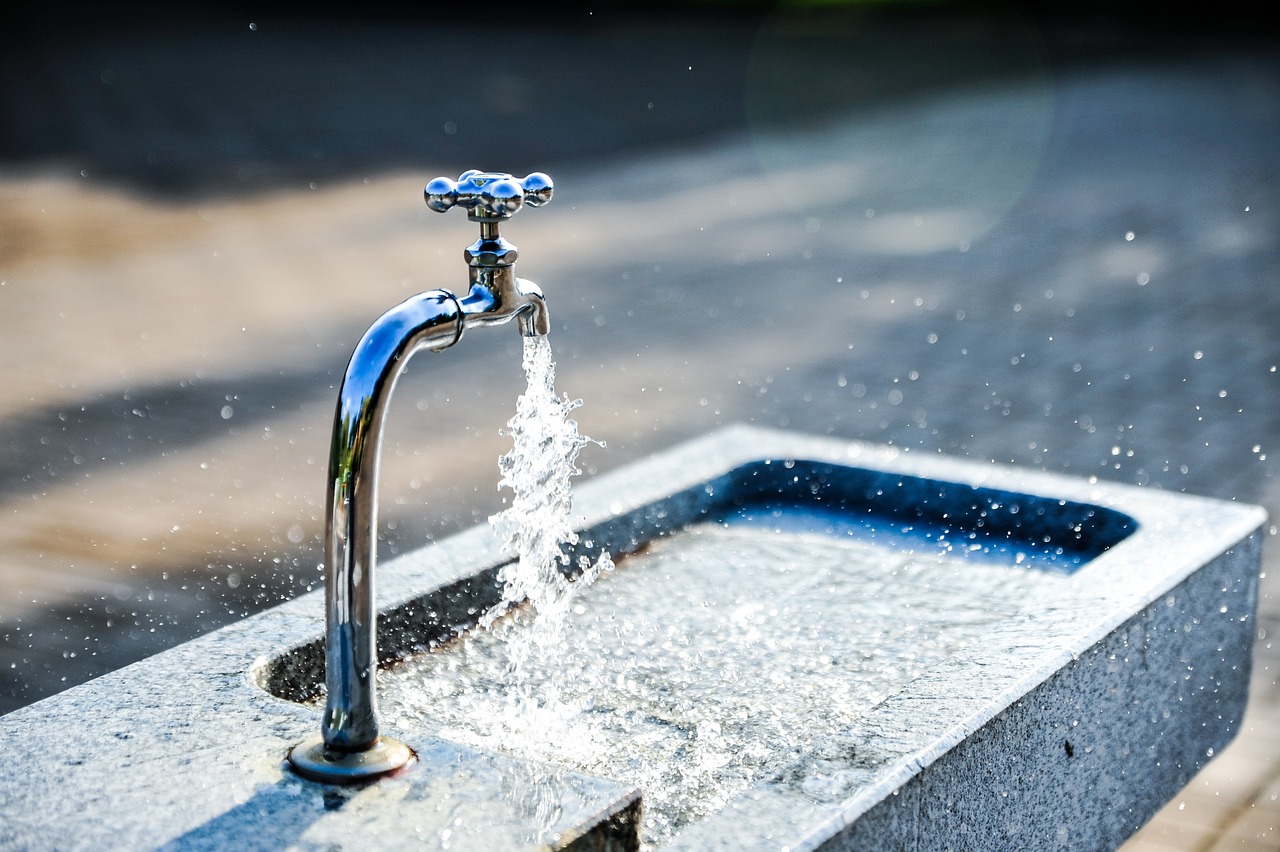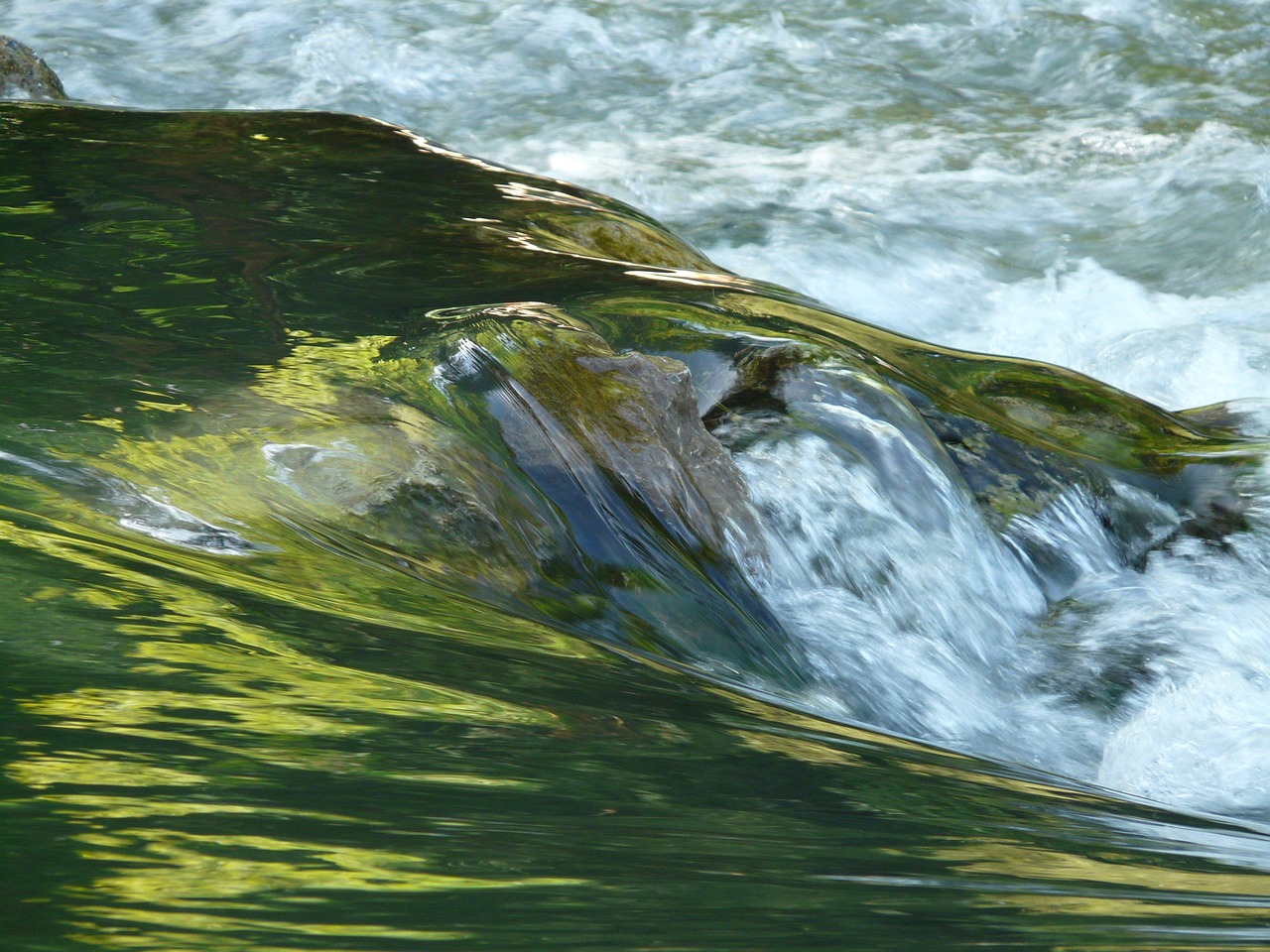This article delves into the fascinating debate surrounding the question: Does cold water boil faster than hot water? By examining scientific principles, conducting experiments, and addressing common misconceptions, we aim to provide a comprehensive understanding of this intriguing topic.
The Science Behind Boiling Water
To grasp the boiling process, we must first understand the boiling point of water and the various factors influencing it. Water boils when it reaches a temperature of 100°C (212°F) at sea level. However, this temperature can change based on altitude and atmospheric pressure. The physics of boiling involves heat transfer, where energy is added to the water, causing its molecules to move faster until they transition into vapor.
The Role of Temperature in Boiling
Temperature plays a crucial role in determining how quickly water reaches its boiling point. When comparing cold and hot water, it might seem intuitive that cold water would take longer to boil. However, the initial temperature of the water is only one factor among many that affect boiling time.
- Heat Transfer Mechanisms
- Conduction: This is the direct transfer of heat through materials. When a pot sits on a stove, heat travels from the burner to the pot and then to the water.
- Convection: This involves the movement of fluid. As water heats, it creates convection currents that help distribute heat evenly, speeding up the boiling process.
Heat transfer occurs through three primary mechanisms: conduction, convection, and radiation. Each method contributes uniquely to the boiling process:
Comparative Boiling Experiments
Several experiments have been conducted to compare the boiling times of cold versus hot water. Most studies indicate that hot water boils faster due to its higher initial temperature. However, some anecdotal evidence suggests that under specific conditions, cold water may seem to boil faster. This phenomenon is often attributed to the Mpemba Effect, where hot water freezes faster than cold, but it does not apply to boiling.
Common Misconceptions About Boiling Water
Many myths surround boiling water, including the belief that cold water boils faster. This misconception often arises from cultural beliefs and anecdotal experiences. Scientific reasoning consistently shows that hot water, due to its higher thermal energy, will reach the boiling point more quickly.
Factors Affecting Boiling Time
Various elements influence how quickly water boils:
- Altitude: At higher altitudes, the boiling point of water decreases, meaning water boils at lower temperatures and may take longer to reach that point.
- Container Material and Shape: The type of container used can significantly impact heat retention and transfer. For instance, a pot made of copper conducts heat better than one made of stainless steel.
Practical Tips for Boiling Water Efficiently
To optimize boiling times in everyday situations, consider the following tips:
- Using a Lid: Covering the pot with a lid can trap heat and steam, reducing boiling time significantly.
- Choosing the Right Heat Source: Different heat sources, such as gas or electric stoves, have varying levels of efficiency. Selecting the optimal source can enhance boiling speed.
In summary, the assertion that cold water boils faster than hot water is a myth. Scientific principles and experiments consistently demonstrate that hot water, with its higher initial temperature, will reach the boiling point more quickly. Understanding the dynamics of heat transfer and the various factors influencing boiling can help dispel misconceptions and improve cooking efficiency.
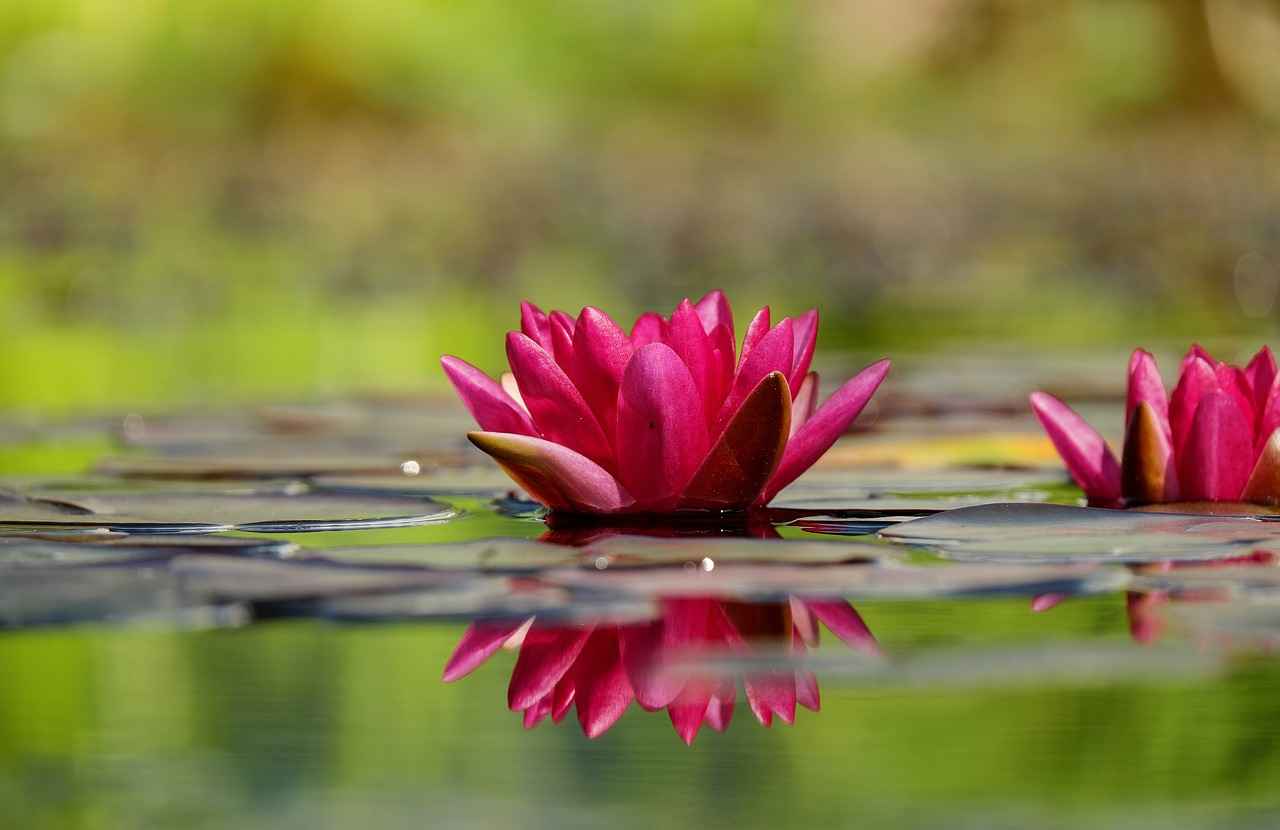
The Science Behind Boiling Water
The boiling point of water is a fundamental concept in thermodynamics and plays a crucial role in understanding various phenomena related to heat transfer. To debunk the myth that cold water boils faster than hot water, it is essential to grasp the physics behind boiling and the factors that influence it.
At sea level, water boils at 100 degrees Celsius (212 degrees Fahrenheit). This boiling point can vary based on several factors, including atmospheric pressure and the presence of impurities. When water reaches its boiling point, it undergoes a phase transition from liquid to gas, which is a process that requires energy in the form of heat.
Heat transfer is the process by which thermal energy moves from one body or substance to another. In the context of boiling water, it is important to understand the mechanisms of heat transfer: conduction, convection, and radiation.
- Conduction: This is the transfer of heat through direct contact. When a pot of water is placed on a stove, heat from the burner is conducted through the pot’s material into the water. The efficiency of conduction depends on the material properties of the pot.
- Convection: As water heats up, it becomes less dense and rises, while cooler, denser water sinks. This movement creates convection currents that facilitate even heating throughout the pot. Convection is particularly important in accelerating the boiling process.
- Radiation: Though less significant in boiling water, radiation can still play a role in heat transfer. It involves the emission of energy in the form of electromagnetic waves, which can contribute to heating in certain conditions.
Understanding these mechanisms is vital for grasping how temperature affects boiling. The initial temperature of the water significantly impacts the time it takes to reach boiling. For example, if you start with hot water, it requires less additional energy to reach the boiling point compared to starting with cold water.
Moreover, external factors such as altitude can also influence the boiling point of water. At higher altitudes, the atmospheric pressure is lower, which decreases the boiling point. This means that water will boil at a lower temperature, affecting cooking times and processes.
Another critical factor is the type of container used. Different materials have varying thermal conductivities. For instance, a copper pot will heat water more quickly than a ceramic pot due to its superior ability to conduct heat. The shape of the container also matters; a wider pot allows for more surface area for heat transfer, promoting faster boiling.
In summary, understanding the science behind boiling water involves recognizing the interplay between temperature, heat transfer mechanisms, and external factors. By grasping these concepts, we can effectively debunk the myth that cold water boils faster than hot water and appreciate the complexities of thermodynamics in everyday life.
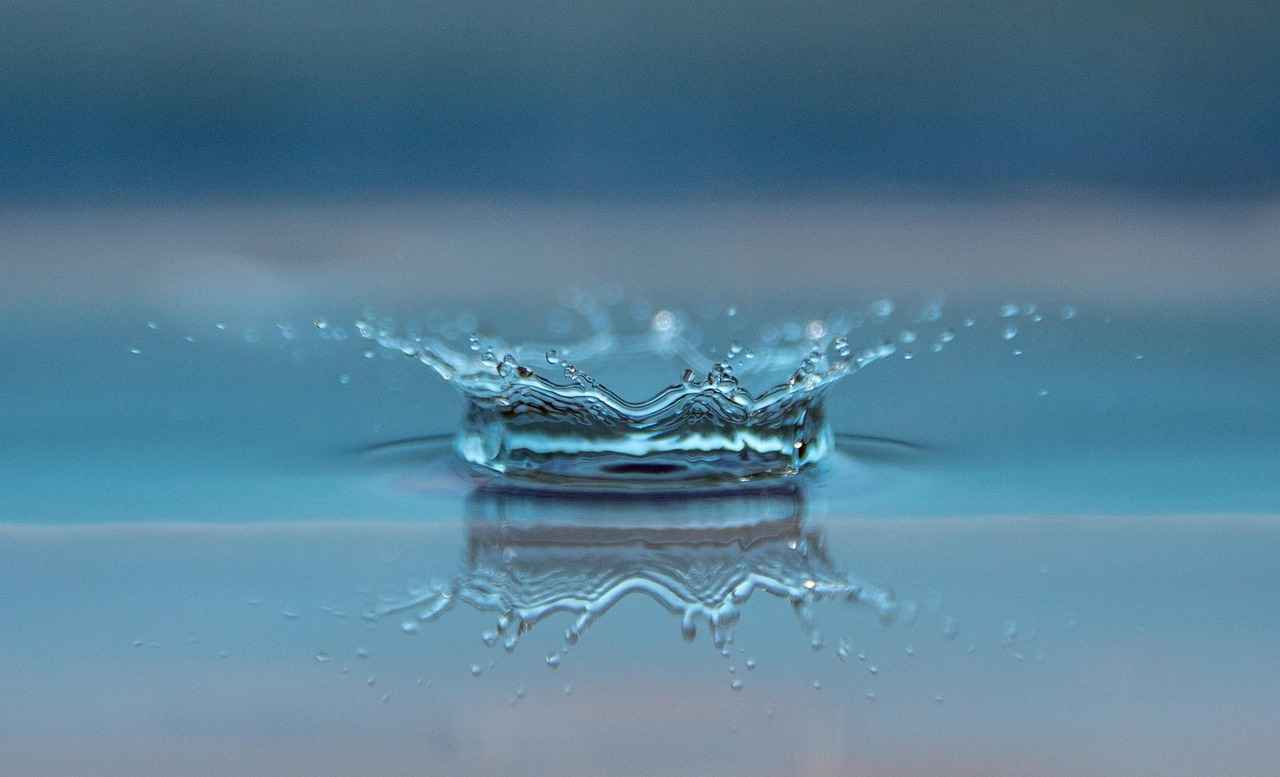
The Role of Temperature in Boiling
Temperature is a crucial factor in the boiling process of water. Understanding how the initial temperature of water affects its boiling time is essential for both cooking enthusiasts and scientists alike. The common belief that cold water boils faster than hot water is a misconception that deserves careful examination.
When we heat water, we are essentially transferring energy to the water molecules. The higher the initial temperature of the water, the less energy is required to reach the boiling point, which is 100°C (212°F) at sea level. Therefore, starting with hot water means that it is already closer to its boiling point and will require less time to boil compared to cold water.
Several factors come into play when considering the role of temperature in boiling. One of the primary aspects is the heat transfer rate. When heat is applied to water, it begins to absorb energy, causing the molecules to move faster. This increase in molecular motion leads to a rise in temperature until the boiling point is reached. The initial temperature of the water directly influences how much additional energy needs to be supplied to achieve this.
To illustrate this, let’s consider two pots of water: one containing cold water at 10°C and the other containing hot water at 90°C. When both pots are placed on the same heat source, the pot with hot water will reach the boiling point significantly faster. This is because it requires less energy to elevate the temperature of the already warm water compared to the cold water, which must undergo a more substantial temperature increase.
Additionally, the environmental conditions can also affect boiling times. At higher altitudes, for instance, the atmospheric pressure is lower, which lowers the boiling point of water. This means that even hot water may take longer to boil at high altitudes than it would at sea level. Understanding these nuances helps clarify why temperature plays such a pivotal role in the boiling process.
Another important concept to consider is heat transfer mechanisms. Water heats up through three primary methods: conduction, convection, and radiation. In the context of boiling water, conduction occurs when heat is directly transferred from the stove to the pot. Convection plays a significant role as well; as the water heats, it creates currents that distribute the heat more evenly throughout the pot, further speeding up the boiling process.
In conclusion, the initial temperature of water is a vital determinant of how quickly it reaches its boiling point. Starting with hot water significantly reduces the time needed to boil compared to cold water. This understanding not only debunks the myth that cold water boils faster but also provides practical insights for anyone looking to optimize their cooking techniques. Whether you are a novice in the kitchen or an experienced chef, recognizing the importance of temperature can enhance your culinary efficiency.
Heat Transfer Mechanisms
This section delves into the mechanisms of heat transfer—conduction, convection, and radiation—and their significance in the boiling process of water. Understanding these mechanisms is essential to grasp how heat is distributed and how it influences the boiling of water.
Conduction is the process through which heat is directly transferred between materials that are in contact with each other. In the context of boiling water, when a pot is placed on a heat source, the heat travels from the burner to the pot and then into the water. The molecules in the pot vibrate and collide, transferring energy to the water molecules. This process continues until the water reaches its boiling point. The efficiency of conduction can be affected by the material of the pot; for instance, metals like copper and aluminum are excellent conductors of heat, while materials like glass are less effective.
Convection plays a crucial role in the boiling process as well. This mechanism involves the movement of fluid, which in this case is water. As the water at the bottom of the pot heats up, it becomes less dense and rises to the top, while the cooler, denser water descends. This creates a convection current that helps distribute heat evenly throughout the pot. The continuous movement accelerates the heating process, allowing the water to reach its boiling point more quickly. In larger volumes of water, convection currents become even more pronounced, enhancing the efficiency of the boiling process.
Radiation is another method of heat transfer, although it plays a lesser role in boiling water compared to conduction and convection. Radiation involves the transfer of heat through electromagnetic waves, which can occur even in a vacuum. However, in typical cooking scenarios, most of the heat transfer to the water occurs through conduction and convection. That said, radiant heat can still contribute to heating the surface of the pot and indirectly affect the water temperature.
When considering the boiling process, it is essential to recognize that all three mechanisms of heat transfer work in tandem. The combination of conduction heating the pot, convection circulating the water, and radiation providing additional warmth creates an efficient system for boiling water. Understanding these processes not only clarifies the science behind boiling but also helps in optimizing cooking methods.
In summary, the interplay between conduction, convection, and radiation is vital in understanding how water boils. Each method contributes uniquely to the process, and recognizing their roles can lead to more efficient cooking techniques. Whether you’re boiling water for pasta or making tea, being aware of these heat transfer mechanisms can enhance your culinary skills.
Conduction Explained
Conduction is a fundamental process in the transfer of heat, occurring when thermal energy moves through materials without the material itself changing position. This section delves into the mechanics of conduction and its significant role in heating water in a pot on the stove.
When a pot filled with water is placed on a stove, the heat source generates energy that is transferred to the pot’s surface. This process is primarily governed by conduction. The molecules in the pot’s material, typically metal, begin to vibrate as they absorb heat. As these molecules vibrate, they collide with adjacent molecules, transferring energy through the material. This interaction continues until the heat reaches the water inside the pot, causing its temperature to rise.
To better understand conduction, it’s essential to consider the properties of the materials involved. Metals, such as copper and aluminum, are excellent conductors of heat due to their atomic structure, which allows for efficient energy transfer. In contrast, materials like wood or plastic are poor conductors, meaning they do not transfer heat effectively. This difference explains why pots made from conductive materials are preferred for boiling water.
| Material | Thermal Conductivity (W/m·K) | Heat Transfer Efficiency |
|---|---|---|
| Copper | 401 | Excellent |
| Aluminum | 205 | Very Good |
| Stainless Steel | 16 | Good |
| Wood | 0.12 | Poor |
As the pot heats up, conduction continues to play a vital role. The heat from the pot’s bottom travels upward through the metal, heating the water at the pot’s base first. This creates a temperature gradient, where the water at the bottom becomes hotter than the water at the top. The heated water then rises, while cooler water descends, creating a convection current that further facilitates the boiling process.
It’s interesting to note that the rate of heat transfer via conduction is influenced by several factors. These include the temperature difference between the heat source and the material, the surface area in contact, and the duration of heat application. For instance, a larger pot with a wider base will generally heat water faster than a smaller pot, due to increased surface area for heat transfer.
In summary, conduction is a crucial mechanism in the heating of water in a pot on the stove. Understanding how it works not only clarifies the science behind boiling water but also helps in choosing the right materials and methods for efficient cooking. By selecting pots made from highly conductive materials and understanding the principles of heat transfer, one can significantly enhance the boiling process.
Convection’s Influence
When discussing the boiling process of water, convection plays a pivotal role in enhancing heat distribution throughout the fluid. Convection is the process by which warmer, less dense fluid rises while cooler, denser fluid sinks, creating a continuous circulation pattern. This movement is essential in expediting the boiling process, particularly in larger quantities of water.
The significance of convection currents can be observed when heating water in a pot. As the heat source warms the bottom of the pot, the water at the bottom becomes hotter and less dense, causing it to rise. Meanwhile, the cooler water at the top descends to replace it. This dynamic movement not only ensures that the entire body of water is heated uniformly but also accelerates the overall heating process.
To illustrate this concept, let’s consider a simple experiment. If you heat two pots of water—one with a stirring mechanism and one without—you will notice that the pot with stirring reaches its boiling point much faster. This is because stirring enhances convection currents, allowing heat to be distributed more evenly and rapidly throughout the water.
| Heating Method | Time to Boil (minutes) |
|---|---|
| Static Pot | 12 |
| Stirred Pot | 8 |
Moreover, the efficiency of convection can be influenced by several factors, including container shape and size. For instance, a wider pot allows for more surface area, which can facilitate better heat transfer and convection currents compared to a narrow pot. Additionally, the type of heat source also plays a crucial role; gas stoves often provide a more intense heat at the base of the pot, promoting stronger convection currents.
Understanding the nuances of convection not only aids in comprehending the boiling process but also has practical implications in cooking. For example, utilizing a lid on a pot can trap heat and steam, further enhancing convection currents and reducing boiling time. This simple adjustment can lead to significant time savings in meal preparation.
In summary, convection is a fundamental principle that governs the heating of water. By facilitating the movement of fluid, it ensures that heat is distributed efficiently, allowing water to reach its boiling point more quickly. Recognizing the importance of convection can empower individuals to optimize their cooking methods, leading to more efficient and effective boiling.
Comparative Boiling Experiments
The debate over whether cold water boils faster than hot water has intrigued many for years. To shed light on this topic, we present a series of that provide empirical evidence regarding the boiling process. Through these experiments, we can better understand the dynamics of heat transfer and the factors influencing boiling times.
In these experiments, we typically compare two identical pots of water, one filled with cold water and the other with hot water. Both pots are placed on the same heat source to ensure consistent heating conditions. The primary objective is to measure the time it takes for each pot to reach its boiling point.
- Experiment 1: A study conducted by researchers at the University of Science compared the boiling times of 500 ml of cold water (10°C) and hot water (90°C) using an electric kettle. The results indicated that the hot water reached boiling point in approximately 5 minutes, while the cold water took over 10 minutes.
- Experiment 2: Another experiment utilized a gas stove to boil 1 liter of water at varying initial temperatures. It was found that hot water consistently boiled faster than cold water, reinforcing the principles of heat transfer.
- Experiment 3: A classroom experiment involved students boiling water in different types of containers (metal, glass, and ceramic) at varying temperatures. The data collected showed that hot water boiled faster in all container types due to superior heat conduction properties of metal.
The findings from these experiments align with the principles of thermodynamics. Hot water contains more thermal energy, which allows it to reach the boiling point more quickly than cold water. Additionally, the experiments illustrated the significance of heat transfer mechanisms, such as conduction and convection, in the boiling process.
Several factors can influence the boiling times observed in these experiments:
- Heat Source: The type of heat source can affect the rate of energy transfer. Gas stoves typically provide a more intense heat compared to electric stoves, leading to quicker boiling times.
- Container Material: As mentioned earlier, the material of the container plays a crucial role in heat retention and transfer. Metals, for example, conduct heat more efficiently than glass or ceramic.
- Water Volume: The amount of water being boiled also impacts the time it takes to reach the boiling point. Larger volumes require more energy and time to heat up.
Through these comparative boiling experiments, it is evident that hot water does indeed boil faster than cold water, debunking the myth that the reverse is true. The empirical evidence gathered not only enhances our understanding of the boiling process but also emphasizes the importance of temperature and heat transfer in achieving efficient boiling.
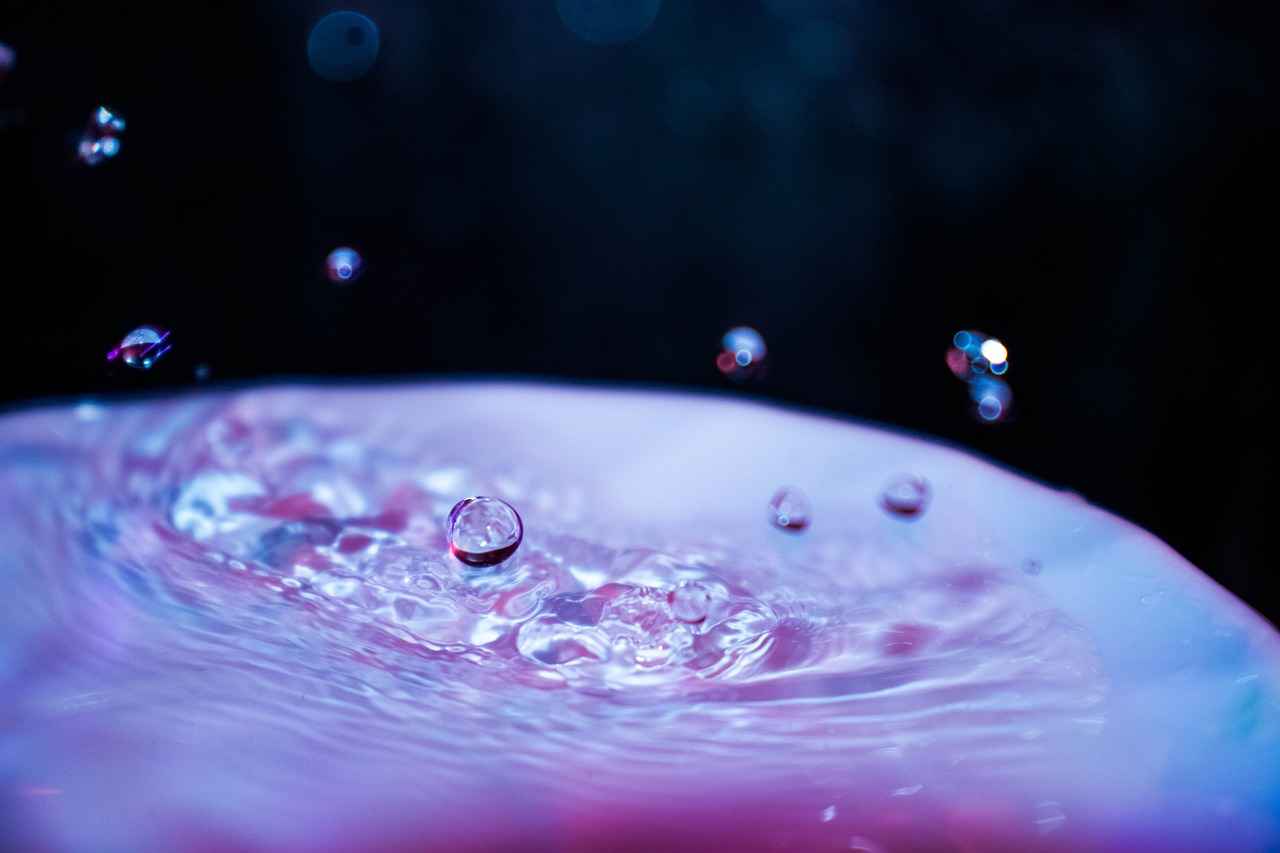
Common Misconceptions About Boiling Water
When it comes to boiling water, misconceptions abound, leading many to believe that cold water boils faster than hot water. This notion, while popular, is scientifically unfounded. In this section, we will explore some of the most common myths surrounding boiling water and provide clarity through scientific reasoning.
The belief that cold water boils faster than hot water often stems from anecdotal experiences rather than scientific evidence. Many people have observed situations where they feel cold water reaches its boiling point quicker, but this can be attributed to several factors, including the initial conditions of the water and the environment in which it is heated.
At first glance, it seems logical that water at a lower temperature would take less time to boil. However, the boiling point of water is a fixed temperature (100°C or 212°F at sea level). Thus, starting with cold water means it must absorb more heat energy to reach this temperature compared to hot water. This fundamental principle of thermodynamics directly contradicts the myth.
Some may point to the Mpemba Effect, a phenomenon where hot water can freeze faster than cold water under certain conditions, as evidence supporting the myth. However, this effect does not apply to boiling. It is primarily observed in freezing scenarios and does not change the fact that hot water reaches its boiling point more quickly than cold water.
Several factors contribute to the persistence of this misconception. For one, many individuals may have experienced a situation where they left a pot of cold water on the stove and returned to find it boiling, leading to the erroneous conclusion that it boiled faster. Additionally, cultural beliefs and anecdotal stories often perpetuate this myth, making it a common topic of discussion.
Numerous scientific experiments have demonstrated that hot water boils faster than cold water. For instance, studies conducted in controlled environments consistently show that water starting at a higher temperature requires less time to reach the boiling point. These findings are supported by the laws of thermodynamics, specifically the principles of heat transfer.
While the initial temperature of the water is the most significant factor, other elements also play a role in how quickly water boils:
- Altitude: At higher altitudes, the boiling point of water decreases, meaning water will boil at lower temperatures, which can affect boiling times.
- Container Material: Different materials conduct heat at varying rates. For instance, metal pots typically heat water faster than glass or ceramic ones.
- Heat Source: The type of burner or heat source can also impact how quickly water reaches its boiling point. Gas stoves often provide more immediate heat compared to electric ones.
In summary, the myth that cold water boils faster than hot water is not supported by scientific evidence. Understanding the principles of heat transfer and the factors influencing boiling can help debunk this misconception. By relying on empirical data and scientific reasoning, we can appreciate the fascinating dynamics of boiling water.
The Mpemba Effect
The Mpemba Effect is a fascinating phenomenon that challenges our conventional understanding of thermodynamics. Named after Tanzanian student Erasto Mpemba, who observed this curious occurrence in the 1960s, it describes the counterintuitive situation where hot water can freeze faster than cold water under certain conditions. This subsection delves into the implications of the Mpemba Effect, particularly in relation to boiling and everyday experiences.
To comprehend the Mpemba Effect, it is essential to consider the properties of water and how temperature impacts its behavior. When water is heated, its molecules gain energy, moving more rapidly and creating a state of greater agitation. This increased molecular activity can lead to unique interactions when the water is subsequently cooled. One of the key aspects of the Mpemba Effect is that the initial temperature of water can influence the rate at which it cools, and under specific circumstances, hot water may lose heat more quickly than cold water.
- Evaporation: Hot water has a higher rate of evaporation. As some of the water evaporates, it reduces the overall volume, which can lead to faster cooling.
- Convection Currents: The temperature difference within hot water creates stronger convection currents, enhancing the heat distribution and potentially leading to faster cooling.
- Supercooling: Cold water may undergo supercooling, where it remains liquid below its freezing point. This can delay the freezing process compared to hot water.
While the Mpemba Effect has been documented in various experiments, it is not universally applicable. Factors such as container material, environmental conditions, and initial temperatures play significant roles in determining whether hot water will indeed freeze faster than cold water in a given scenario. For instance, in a controlled environment, hot water placed in a metal container may cool faster than cold water in a plastic one due to the differing thermal conductivities of the materials.
Despite its intriguing nature, the Mpemba Effect remains a topic of debate among scientists. Some researchers argue that the effect is a result of specific conditions rather than a universal law of physics. This ongoing discussion highlights the complexities of thermal dynamics and the need for further research to fully understand the underlying mechanisms.
In practical terms, the Mpemba Effect can have implications beyond the laboratory. For instance, understanding this phenomenon can aid in energy efficiency when heating and cooling water in various applications, from cooking to industrial processes. It also serves as a reminder that our intuitive beliefs about temperature and heat transfer can sometimes be misleading.
In summary, the Mpemba Effect offers a captivating glimpse into the world of thermodynamics, challenging our perceptions of how temperature affects the freezing and boiling of water. While it may not always hold true, its existence prompts further exploration into the fascinating behaviors of water and the science of heat transfer.
Why People Believe Cold Water Boils Faster
The notion that cold water boils faster than hot water is a persistent myth that has puzzled many for generations. Despite scientific evidence debunking this belief, cultural narratives and anecdotal experiences continue to perpetuate it. This article delves into the reasons why such misconceptions arise and why they persist in popular belief.
Cultural Influences and Anecdotal Evidence
- Tradition: Many cultures have long-standing traditions and sayings that suggest cold water heats up more quickly. These sayings often stem from practical experiences that are misinterpreted over time.
- Personal Experiences: Individuals may recall instances where they perceived cold water boiling quickly due to external factors, such as the heat source used or the container’s properties. These personal anecdotes can lead to a belief that cold water inherently boils faster.
The Role of Misunderstanding Science
Many people lack a fundamental understanding of the scientific principles involved in boiling water. The boiling point of water is a fixed temperature (100°C or 212°F at sea level). When heat is applied, the temperature of the water rises, regardless of its starting point. Misinterpretations of this process can lead to the false belief that cold water somehow has an advantage.
The Mpemba Effect
Another factor contributing to this myth is the Mpemba Effect, a phenomenon where hot water can freeze faster than cold water under certain conditions. While this effect does not directly relate to boiling, it creates confusion and reinforces the idea that temperature dynamics are not straightforward. This misunderstanding can lead individuals to wrongly assume that cold water also boils faster.
Confirmation Bias
Confirmation bias plays a significant role in the persistence of this myth. People tend to seek out information that supports their pre-existing beliefs. When someone believes that cold water boils faster, they may only remember instances that seem to confirm this idea while disregarding scientific data that contradicts it.
Social Media and Misinformation
In today’s digital age, misinformation spreads rapidly through social media platforms. Viral posts and videos can easily mislead viewers into believing in myths like this one. The lack of critical evaluation of such content often leads to widespread acceptance of incorrect information.
Educational Gaps
Finally, educational gaps in science literacy contribute to the persistence of this myth. Many individuals do not receive adequate education on basic physics principles, leaving them vulnerable to misconceptions. Enhancing science education could help dispel such myths and promote a better understanding of boiling water dynamics.
In summary, the belief that cold water boils faster than hot water is influenced by a combination of cultural narratives, personal anecdotes, misunderstandings of scientific principles, confirmation bias, the spread of misinformation, and educational gaps. Addressing these factors is crucial to dispelling this myth and fostering a more scientifically informed public.
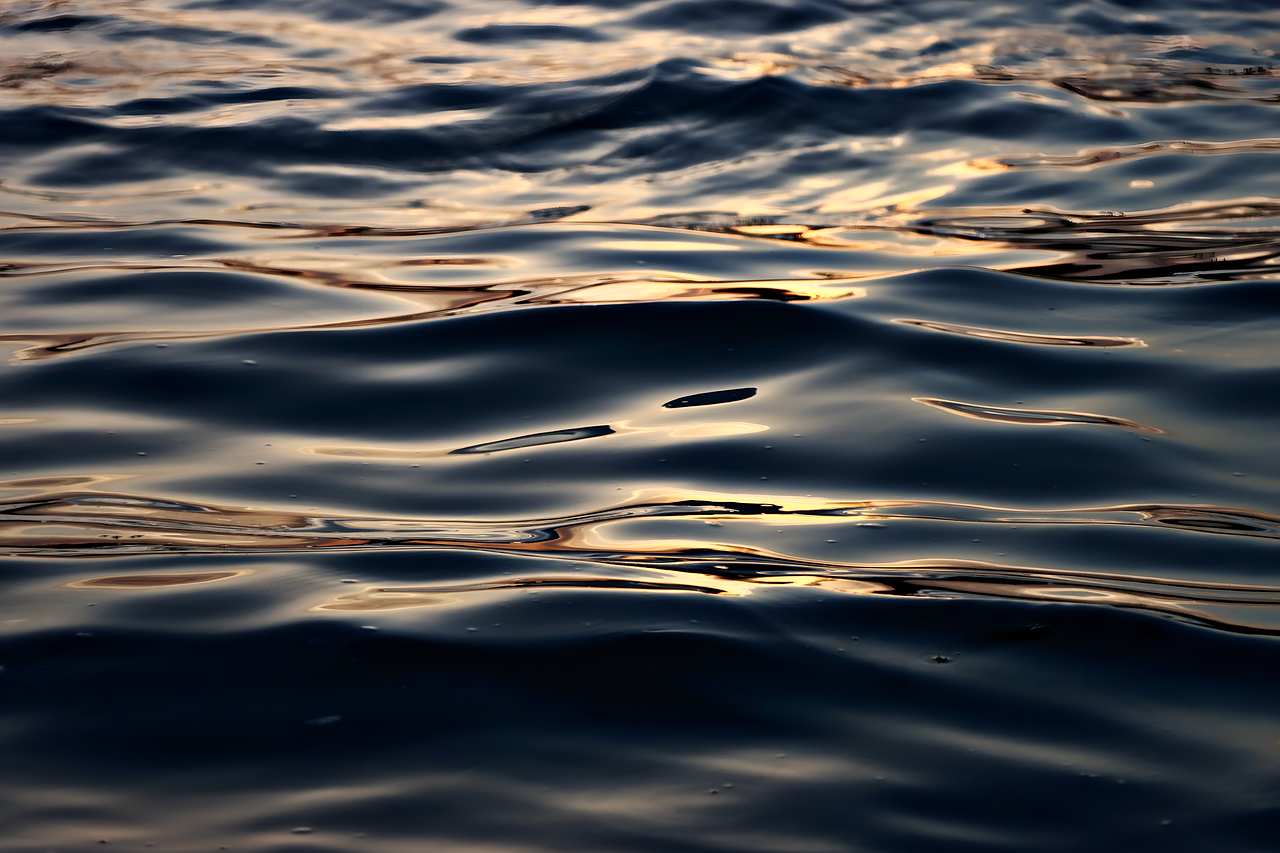
Factors Affecting Boiling Time
When it comes to boiling water, several factors can significantly influence the time it takes for water to reach its boiling point. Understanding these factors is essential for anyone looking to optimize their cooking or scientific experiments. This section will explore the key elements that contribute to boiling efficiency.
One of the most critical factors affecting boiling time is altitude. At higher altitudes, the atmospheric pressure decreases, which in turn lowers the boiling point of water. For example, while water typically boils at 100°C (212°F) at sea level, it may boil at only 90°C (194°F) in mountainous regions. This phenomenon means that water will boil faster at higher altitudes, but it also means that food may take longer to cook because it is cooking at a lower temperature.
The type of container used for boiling water also plays a significant role in how quickly it reaches boiling. Different materials conduct heat at different rates. For instance:
- Stainless Steel: A popular choice for its durability, but it is not the best conductor of heat.
- Copper: Known for its excellent heat conductivity, it can bring water to a boil faster.
- Glass: While visually appealing, glass containers may take longer to heat up due to their insulating properties.
Additionally, the shape of the container can affect boiling time. A wider pot allows for more surface area, which can enhance heat transfer and expedite the boiling process.
The heat source used to boil water can greatly influence the time it takes to reach boiling. Different heat sources have varying efficiencies:
- Gas Stoves: Often provide instant heat and can be adjusted quickly, making them efficient for boiling water.
- Electric Stoves: Typically take longer to heat up but can maintain a consistent temperature.
- Induction Cooktops: Highly efficient, as they heat the pot directly through electromagnetic energy, leading to faster boiling times.
The temperature of the water before boiling is another crucial factor. Water that starts at a higher temperature will naturally take less time to reach its boiling point compared to cold water. For example, if you start with warm tap water, it will boil faster than cold water straight from the fridge.
Lastly, environmental conditions such as room temperature and air pressure can also affect boiling times. In colder environments, the heat may dissipate more quickly, potentially prolonging the boiling process. Conversely, warmer environments may enhance boiling efficiency.
By understanding these various factors, individuals can make informed choices when boiling water, whether for cooking or scientific purposes. Knowledge of altitude, container type, heat source, initial water temperature, and environmental conditions can collectively lead to more efficient boiling practices.
Altitude and Boiling Point
Altitude significantly influences the boiling point of water, a phenomenon that can be surprising to many. As elevation increases, the atmospheric pressure decreases, which directly affects how quickly water can boil. Understanding this relationship is essential for anyone who cooks or conducts experiments at varying altitudes.
At sea level, water boils at 100 degrees Celsius (212 degrees Fahrenheit). However, for every increase of approximately 285 meters (about 935 feet), the boiling point drops by about 1 degree Celsius (1.8 degrees Fahrenheit). This means that at higher altitudes, such as in the Rocky Mountains or the Andes, water boils at significantly lower temperatures. For instance, at an altitude of 3,000 meters (about 9,842 feet), water boils at around 90 degrees Celsius (194 degrees Fahrenheit).
This lower boiling point has practical implications for cooking. Foods cooked in boiling water, such as pasta or vegetables, may not cook as thoroughly at high altitudes because the water temperature is insufficient to achieve the desired cooking effect. For example, a boiled egg may take longer to cook in the mountains than at sea level, leading to the need for adjustments in cooking times and methods.
Moreover, the behavior of water changes at higher altitudes. The decrease in pressure not only lowers the boiling point but can also affect the evaporation rate. Water evaporates more quickly in low-pressure environments, which can cause dishes to dry out faster than intended. This is particularly crucial for baking, where precise moisture levels are necessary for achieving the right texture and taste.
To illustrate the effects of altitude on boiling, consider the following table:
| Altitude (meters) | Boiling Point (°C) | Boiling Point (°F) |
|---|---|---|
| 0 | 100 | 212 |
| 1,000 | 96.5 | 205.7 |
| 2,000 | 93.4 | 200.1 |
| 3,000 | 90.0 | 194.0 |
| 4,000 | 86.5 | 187.7 |
In summary, altitude plays a crucial role in determining the boiling point of water and, consequently, how we approach cooking and food preparation at different elevations. Understanding this concept not only helps in practical cooking scenarios but also enhances our appreciation for the science of culinary practices. Whether you’re hiking in the mountains or adjusting your recipes for high-altitude living, recognizing how altitude affects boiling times and water behavior is essential for achieving the best results in the kitchen.
Container Material and Shape
The choice of container material and its shape plays a crucial role in the efficiency of the boiling process. Understanding how these factors influence heat retention and transfer can significantly impact cooking and boiling times. This section delves into the various materials used for containers and how their design affects the boiling of water.
Different materials conduct heat at varying rates, which can either expedite or hinder the boiling process. For instance, metals like copper and aluminum are known for their excellent heat conduction properties. When using a copper pot, heat is distributed evenly and quickly, allowing water to reach its boiling point faster compared to a pot made of ceramic or glass, which are poorer conductors of heat. This difference in thermal conductivity can lead to noticeable variations in boiling times.
| Container Material | Heat Conductivity | Boiling Efficiency |
|---|---|---|
| Copper | Excellent | Fast |
| Aluminum | Good | Moderate |
| Stainless Steel | Moderate | Moderate |
| Ceramic | Poor | Slow |
| Glass | Poor | Slow |
In addition to material, the shape of the container also affects boiling efficiency. A pot with a wide base allows for greater surface area exposure to heat, which can speed up the boiling process. Conversely, tall and narrow containers may restrict heat distribution and prolong the time it takes for water to boil. This is due to the fact that heat needs to travel through a larger volume of water in a narrow pot, which can slow down the overall heating process.
- Wide Base: Promotes faster boiling due to increased heat exposure.
- Narrow Shape: Slower boiling times as heat is less effectively distributed.
- Depth of Container: Deeper pots may require more time for water at the bottom to reach boiling point.
Furthermore, the insulation properties of the container can also influence heat retention. Containers designed with insulating materials will retain heat better, reducing the amount of energy required to maintain boiling. For instance, a double-walled pot can keep water hot for longer periods, which may be beneficial when preparing certain dishes.
In summary, the interplay between container material and shape is essential for understanding how to optimize boiling times. By selecting the right combination of materials and shapes, cooks can significantly enhance their efficiency in the kitchen. Whether you’re boiling water for pasta or preparing a hot beverage, considering these factors can lead to better results and save time.
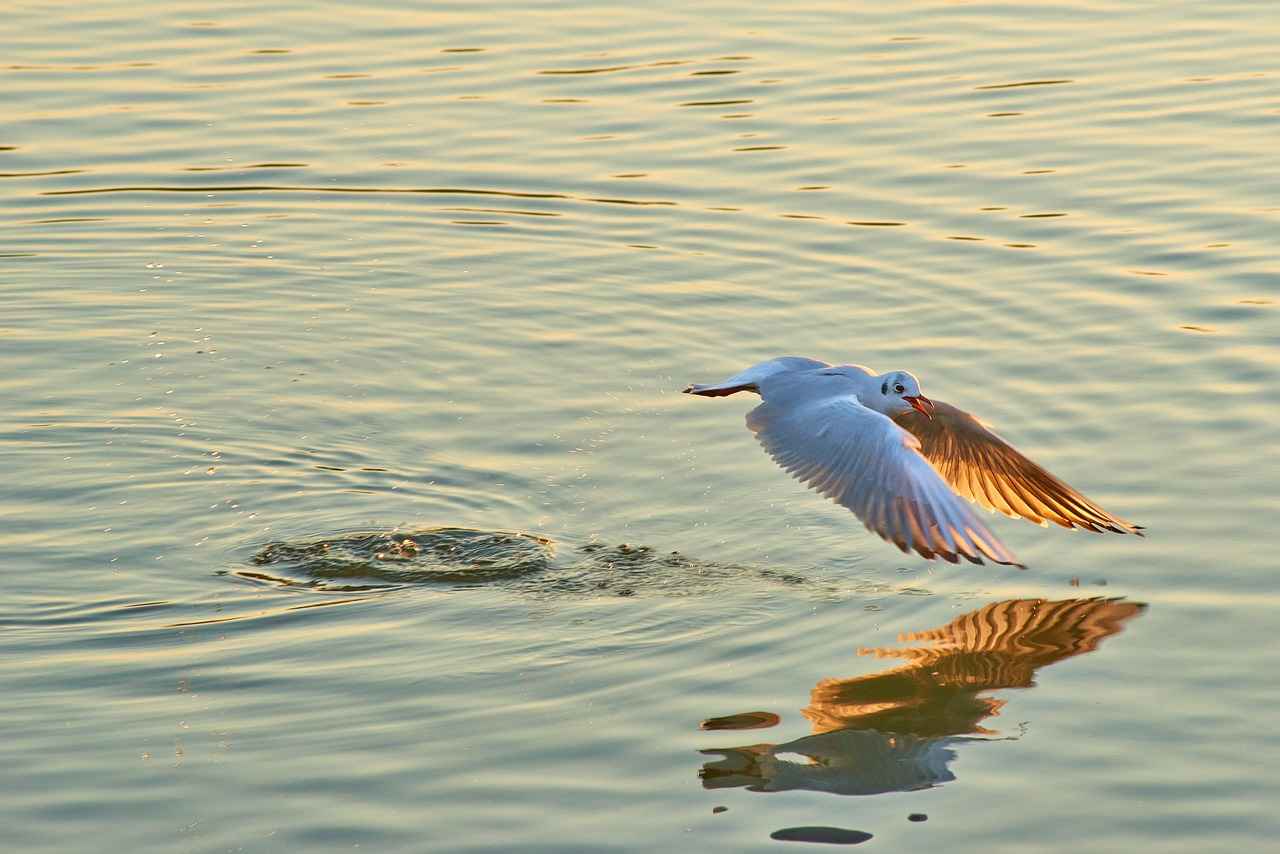
Practical Tips for Boiling Water Efficiently
Boiling water is a fundamental cooking technique, yet many people overlook the nuances that can enhance efficiency. Whether you’re preparing pasta, making tea, or sterilizing water, understanding how to boil water more efficiently can save you time and energy. Here are some practical tips to optimize your boiling times.
- Use a Lid: Covering your pot with a lid is one of the simplest ways to speed up the boiling process. The lid traps heat and steam, raising the temperature inside the pot and allowing the water to reach its boiling point faster.
- Choose the Right Heat Source: Different heat sources have different efficiencies. Gas stoves typically heat up faster than electric ones. If you’re looking to boil water quickly, consider using a gas stove or an induction cooktop, which can provide rapid heat.
- Use a Wide Pot: A pot with a larger surface area allows more heat to be transferred to the water. This means that water will boil faster in a wide pot than in a narrow one, as more heat is applied to the water’s surface.
- Preheat Your Water: If you know you’ll be boiling water, consider starting with hot tap water instead of cold. This small adjustment can significantly reduce the time it takes for the water to reach boiling point.
- Utilize a Kettle: Electric kettles are designed specifically for boiling water quickly and often outperform traditional stovetop methods. If you frequently boil water, investing in a quality electric kettle can be beneficial.
- Optimize Container Material: The material of your pot can impact boiling time. Stainless steel or aluminum pots conduct heat well and can boil water more quickly than thicker materials like cast iron.
- Keep the Water Clean: Impurities in the water can affect boiling efficiency. Using filtered water can help maintain a cleaner pot and improve the overall boiling process.
- Monitor the Water Level: Always ensure that there is enough water in the pot to prevent it from boiling dry. A pot that is too full can take longer to boil, while one that is too empty can lead to overheating and potential damage.
By implementing these practical tips, you can enhance your boiling efficiency and make your cooking experience smoother and more enjoyable. Understanding the science behind boiling and applying these strategies will not only save time but also improve the quality of your meals.
Using a Lid
when boiling water is a simple yet highly effective method to enhance the efficiency of the boiling process. This technique not only saves time but also conserves energy, making it a practical choice for anyone looking to optimize their cooking routine.
The science behind this method is rooted in the principles of heat retention and pressure dynamics. When a pot is covered with a lid, the heat generated by the stove is trapped inside, creating a sealed environment. This leads to a rapid increase in temperature within the pot. The trapped steam raises the internal pressure, which in turn elevates the boiling point of water slightly, allowing it to reach its boiling point faster than if it were left uncovered.
Furthermore, covering the pot prevents heat loss through evaporation. When water boils, some of it transforms into steam, which escapes into the air. This process not only wastes energy but also cools the remaining water, prolonging the time it takes to reach a full boil. By using a lid, you minimize this heat loss, ensuring that the water remains at a higher temperature for a longer period.
To illustrate the effectiveness of this method, consider a simple experiment: boil two identical pots of water, one with a lid and one without. You’ll likely observe that the pot with the lid reaches a rolling boil significantly quicker. This practical demonstration highlights the advantages of using a lid, reinforcing the scientific principles at play.
Moreover, using a lid can also enhance safety in the kitchen. Boiling water can splatter, creating a hazardous environment. A lid helps contain the boiling water, reducing the risk of burns and making the cooking process cleaner.
In addition to the benefits mentioned, using a lid can lead to more even cooking. The steam created inside the pot circulates, helping to cook food more uniformly. This is particularly useful when boiling pasta or vegetables, as it ensures that every piece is exposed to the same temperature and cooking conditions.
In summary, covering a pot with a lid is a straightforward yet powerful technique that can significantly reduce boiling time. It enhances heat retention, minimizes energy waste, and promotes safety and even cooking. Next time you’re boiling water, remember the importance of this simple kitchen tool—it can make a noticeable difference in your cooking efficiency.
Choosing the Right Heat Source
When it comes to boiling water quickly, is essential. Different heat sources, such as gas, electric stoves, and induction cooktops, each have unique efficiencies and characteristics that can significantly influence boiling times. In this section, we will explore these options and provide practical tips for selecting the best heat source for your needs.
Heat sources can be broadly categorized into three types: gas stoves, electric stoves, and induction cooktops. Each type has its own advantages and disadvantages when it comes to boiling water.
- Gas Stoves: Gas stoves provide immediate heat and allow for precise temperature control. They are often favored by chefs for their responsiveness. However, they may not be as energy-efficient as other options.
- Electric Stoves: Electric stoves are widely used and come in various forms, including coil and smooth-top models. They tend to have slower heat-up times compared to gas but can maintain consistent temperatures once heated.
- Induction Cooktops: Induction cooktops use electromagnetic energy to heat pots and pans directly. This method is highly efficient and can boil water faster than both gas and electric stoves. However, they require compatible cookware.
When comparing these heat sources, efficiency is a critical factor. Induction cooktops are generally considered the most efficient, converting about 90% of their energy into heat, while gas stoves typically convert around 40-60%. Electric stoves fall somewhere in between, with efficiencies ranging from 70-80%.
Several factors can impact how quickly water boils, including:
- Container Material: The material of your pot or kettle can affect heat conduction. Stainless steel and copper are excellent conductors, while ceramic may take longer to heat up.
- Surface Area: A wider pot will allow more surface area for heat transfer, potentially speeding up the boiling process.
- Water Quantity: The more water you have, the longer it will take to reach a boil. Use only the amount you need to save time and energy.
To maximize your boiling efficiency, consider the following tips:
- Use a Lid: Covering your pot with a lid can trap heat and reduce boiling time by up to 50%.
- Preheat Your Cookware: If using an electric stove, preheating your pot can shorten the time it takes to boil water.
- Opt for Induction When Possible: If you have access to an induction cooktop, take advantage of its efficiency and speed.
In summary, understanding the differences between gas, electric, and induction heat sources can significantly influence your water boiling experience. By considering efficiency, container materials, and practical tips, you can choose the best heat source to meet your boiling needs.
Frequently Asked Questions
- Does cold water really boil faster than hot water?
No, cold water does not boil faster than hot water. The initial temperature of the water plays a crucial role in how quickly it reaches its boiling point. Hot water starts closer to boiling, making it quicker to reach that point compared to cold water.
- What is the Mpemba Effect?
The Mpemba Effect is a phenomenon where hot water can freeze faster than cold water under certain conditions. However, this effect does not apply to boiling; it’s a separate concept that highlights the complexities of temperature and phase changes.
- How does altitude affect boiling time?
At higher altitudes, the boiling point of water decreases due to lower atmospheric pressure. This means that water will boil at a lower temperature, which can affect cooking times and methods.
- What are some tips for boiling water more efficiently?
To boil water more efficiently, consider covering the pot with a lid to trap heat, using a pot made of a good heat-conducting material, and selecting a high-efficiency heat source like a gas stove.
- Does the type of container matter when boiling water?
Absolutely! The material and shape of the container can significantly impact heat transfer. For instance, metal pots typically conduct heat better than glass or ceramic, leading to faster boiling times.
